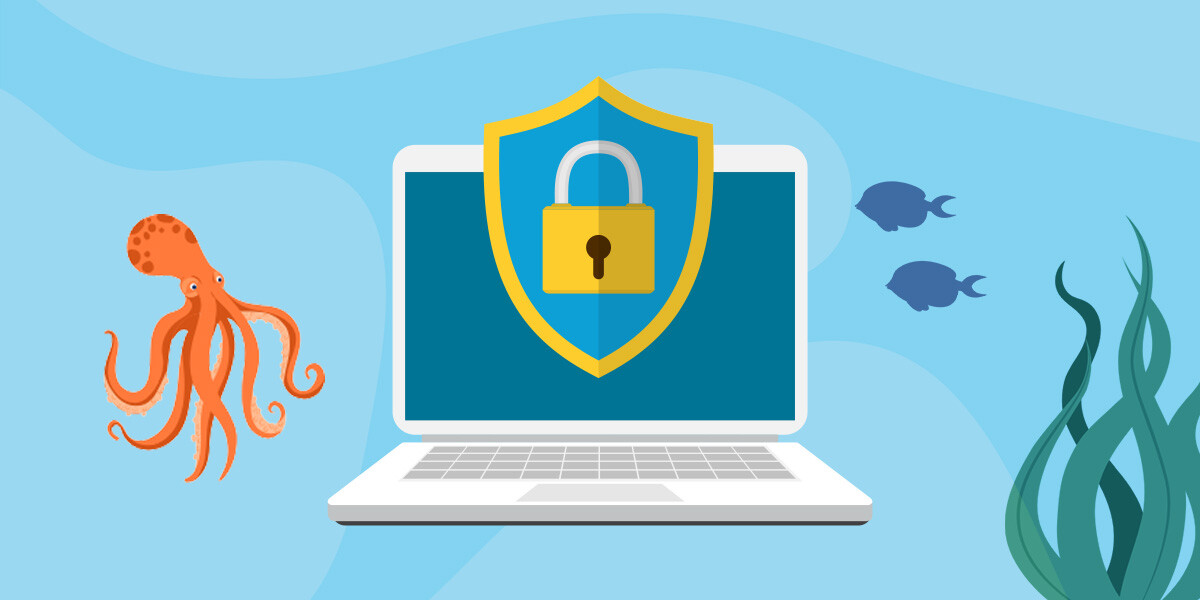


What to Look for in Security Awareness Training



Today's cybersecurity landscape is rapidly evolving, with new and more harrowing threats seemingly around every corner. With the right education and tools, managed service providers (MSPs) can situate themselves positively in the digital world and combat pesky cyber threats — and that's where security awareness training comes in.
Security awareness training helps your team understand the signs and dangers of cyberattacks using different software, modules and services. When your team is well-versed in what's going on in the digital world, they can make more informed decisions to protect your organization, its data and client trust.
Learn more about the crucial role of security awareness training and the key factors to look for when considering different options.
Navigating the Cyber Threat Landscape
The reality of today's cyber threat landscape is formidable. The real-world consequences of these incidents can be devastating to businesses of all sizes and statures. Explore some of the unfortunate impacts a cyberattack can have on your operations:
- Financial loss: A cyber incident can wreak havoc on your bottom line. In addition to theft, ransom payments and disrupted operations, you may also wind up paying regulatory fines, legal fees and data recovery services fees. In 2023, successful data breaches cost American businesses nearly $9.5 million on average.
- Reputational damage: Another major consequence of cyber incidents is damage to an organization's reputation with customers, stakeholders and competitors. Once compromised, trust is difficult to regain with consumers. Protecting your digital information is integral to maintaining trust and fostering a positive brand image.
- Operational disruptions: A cyberattack can be very disruptive to your team's daily activities. They can result in costly unplanned downtime and loss of productivity. In some cases, an incident can result in disruption of critical services, which can damage professional relationships.
- Data loss and theft: When a bad actor targets organization's private data, intellectual property and records, they can access extremely sensitive information about your customers, operations and trade secrets. Data loss can have serious legal implications and ultimately impact your business's ability to continue operations.
- Regulatory compliance issues: Depending on your customers and business practices, you could be subject to strict compliance standards. Whether you work with health care, utilities, finance or education organizations, you must protect your digital information to avoid serious violations.

The Anatomy of Effective Security Awareness Programs
With so much at stake, MSPs must find effective ways to inform their teams of the dangers of cyber incidents and promote a proactive security culture.
Security awareness programs establish a defensive workforce where every individual understands their unique role and responsibility in combating cyber threats. An excellent program will cover:
- Behavioral change techniques that support lasting security habits.
- Simulations to prepare your team for real-world cyber assaults.
- Customized training approaches tailored to your organization's unique security posture.
- Quantifiable metrics to measure and evaluate the success of the training.
The Pillars of Robust Security Awareness Training
Fostering a proactive security culture and crafting effective security training materials are the two main pillars of robust security awareness training. You can ensure an impactful, effective program by instilling the importance of every team member contributing to your organization's security posture to achieve an ironclad defense against cyber criminals and bad actors.
Following the best practices for security awareness training will help your team better navigate your digital landscape. These key practices include:
- Prioritizing regular and ongoing training opportunities.
- Using engaging and interactive training materials.
- Tailoring training according to your team's specific roles and varying risks.
- Sharing clear policies and procedures for all security measures.
Security awareness training platforms support numerous training modalities. The efficacy of those modalities depends on your training goals and how your staff is used to consuming materials. For example, if your staff typically consumes written training materials, then another form of training might be jarring or more disruptive than it is effective.
Some of the training modalities you can invest in include:
- Text-based
- Video-based
- Questionnaire
- Gamified
Features That Set Apart Superior Security Awareness Training Programs
There are many features you should look for in security awareness training. Some of them may seem straightforward, and others more esoteric. As a baseline, you should identify the features you want and features you think will make your cybersecurity awareness training program effective for your business and workforce.
The security awareness training industry is constantly developing and refocusing its efforts to keep abreast of imminent and relevant threats. Platforms are always being supplemented with new training vectors and modalities.
Here are some security awareness training platform features you can look for.

Covering the Spectrum of Cybersecurity Risks
Cybercrime is constantly evolving and innovating, making it increasingly difficult to manage risks. Your business can benefit from learning more about different emerging cyber threat vectors and their implications.
Your people need to be able to identify a threat and take action quickly to mitigate it. Training plays an integral role in preparing a team to be vigilant and quickly spot potential issues before they become expensive breaches or attacks.
All training platforms should have some premade training about phishing identification and mitigation. They may also integrate this with active phishing training, which constitutes the ability to send out emails to the workforce that simulate elements of an actual phishing email and identify the failure to the recipient. A failure condition for that training may also redirect the user to another training modality for further education about phishing.
Your approach to phishing and training is highly personal. You need to identify the risk your workforce presents to your organization and the time (and wages) that training will consume. Put differently: you should be balancing the cost of your employees’ time against what you perceive to be the cost of downtime to your business resulting from the after-effects of a phishing email — which can range from thousands to millions of dollars.
Engaging Users With Interactive and Tailored Learning
The most impactful security awareness training is highly engaging. When determining which program is right for your unique organization and team, be sure to prioritize interactive and tailored learning to promote the greatest reception of the content.
Interactive learning involves incorporating hands-on elements, such as gamified exercises or simulations that help your personnel get first-hand experience dealing with potential security issues. Another important consideration for engaging users is ensuring each employee gets personalized training that is relevant to their particular roles, responsibilities and level of security proficiency.

Choosing the Right Security Awareness Training for Your Organization
As you explore different training platforms and systems, you will notice not all programs are created equal. Be highly selective and ensure you get a program that serves your business. The following are essential elements to assess when choosing a security awareness training program:
Relevance and Efficacy
The first element to consider is relevance. Your training program needs to speak to the current and future threats your organization may face. Select a program from experts who understand the ins and outs of cybersecurity. It must cover the foundational training needs and go above and beyond to deliver valuable guidance that leads to effective defense.
Regulatory Compliance and Adherence
Another essential element to keep in mind when deciding on a training program for your team is the compliance standards your business must meet for lawful operation. Be sure to choose a platform that suits your industry's unique requirements and helps you comply with applicable privacy and data laws.
Solidifying Your Cybersecurity Defense Through Education
Ultimately, the role of security awareness training is to educate your team on the dangers of cyber threats and give them the tools they need to combat these threats. You can solidify your cybersecurity defense and kick threats to the curb by prioritizing ongoing learning. The digital landscape is always innovating, and the best way to stay safe against cybercriminals is to continuously explore new ways to protect your data and flag threats before they evolve into serious attacks.
Get Your Free Trial of the Security Awareness Training Software From Phin Security
If your organization is ready for stress-free security awareness training, turn to the software from Phin Security. We want to empower your team to take control of their role in keeping your business resilient against cybercriminals targeting your private data and information.
Our platform gives you access to dynamic real-time analytics, statistics and metrics to give you full insight into every element of security training.
Are you ready to get started? Fill out our online form to get your free trial of the security awareness training platform from Phin Security.







Leave a comment: